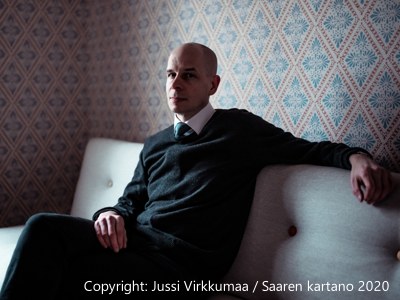Publisher: Schott Music
Duration: ca. 11′
FP: Aug 31, Weikersheim (Students of the Jeunesse Moderne Chamber Music Masterclass, Cond.: Benjamin Schweitzer)
Further performances:
Sep 2, 2003, Munich (Carl-Orff-Hall)
Feb 4, 2005, Berlin (Konzerthaus)
Apr 15, 2005, Rottenburg/Neckar (”Ars Nova” series of the SWR)
Mar 25, 2006, Munich (ensemble piano possibile, Cond.: Christian Günther)
Apr 22, 2006, Weimar
Apr 28, 2006, Prague (Czech premiere, Ensemble MoEns)
Jul 6, 2006, Viitasaari (Time of Music Festival, (Finnish premiere, ensemble courage, Cond.: Titus Engel)
Radio broadcast:
SWR 22.8.2005
Introduction:
Malbork I is the first of a loose series of chamber music pieces being connected to the work of Italo Calvino. The subtitles of his last work, Six Memos for the Next Millennium [Lightness – Quickness – Exactitude – Visibility – Multiplicity – Consistency] have already been an important part of my esthetic principles for a longer time.
I wrote Malbork I after having read Calvino’s novel Se una notte d’inverno un viaggiatore (1979), one of whose chapters is called Outside the town of Malbork. This novel tells a story which on the one hand starts with a new beginning in each chapter, but on the other hand also includes elements of the preceding chapters by quotation or variation in the later ones, so that a network of internal references emerges, in which the ordinary direction of time and narration is suspended.
This self-referential system and the idea of “inversion of time”, but also Calvino’s brillant language, in which lightness and complexity are joined together in a unique way, were the principal starting points for my compositional work in Malbork I. The piece is based on two essential and extremely concentrated passages which are situated considerably apart from each other and also divide the sextet into two trios (”core I” – winds and piano – bar 30-40, “core II” – string trio – bar 126-138). The composition is a complex of variations – tantôt libres, tantôt recherchées – based on these “cores”, trying to establish as many and dense relationships as possible between them. This is enforced by the fact that the wind and piano parts are developed mostly on the material of the string core and vice versa.
In addition to that, I took advantage of a possibility that music has ahead of literature: being able to describe several different processes at the same time. In the case of Malbork I this means that, besides the quotations and variations of preceding and futural material, the instruments are continuously grouped to smaller formations telling “their own stories” while always remaining connected to the altogether development of the composition. Thus, the sextet Malbork I is at the same time a net of six partly independent monologues, their timbre being mostly tender, differentiated, sometimes fragile, but never lamenting.
